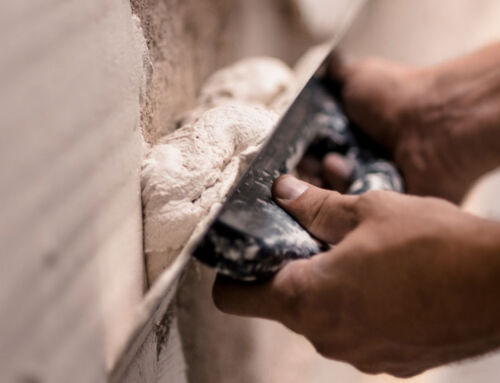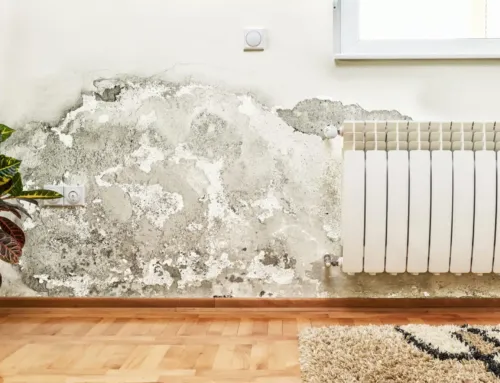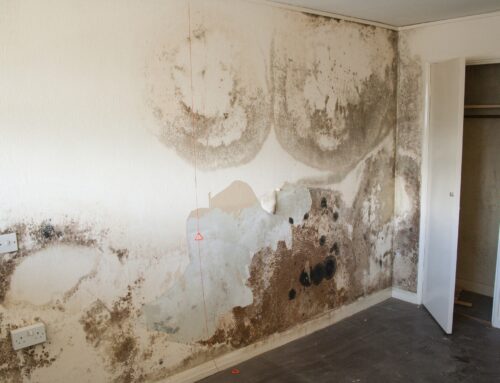Damp proof course injection, also known as DPC injection, treats rising damp in buildings. Rising damp results from groundwater seeping through walls or floors, leading to mold growth, damp patches, and other problems.
Builders install a damp proof course (DPC) during construction to prevent rising damp. The DPC, made of materials like plastic, bitumen felt, or slate, acts as a barrier in the walls.
However, rising damp can still occur in older buildings or those without a DPC. DPC injection, therefore, is a method of installing a new damp proof course into the existing wall to prevent further damage.
During DPC injection, a specialist technician drills holes in the affected wall, about 100-120mm apart and at least 150mm above the ground. They then inject a damp proofing liquid or cream into the holes, which will be absorbed into the wall and create a new barrier against rising damp.
The damp proofing cream or liquid usually contains water-repellent chemicals such as silane or silicone that prevent moisture from seeping through the walls. The injection process ensures even distribution of the chemicals throughout the wall, creating an effective barrier.
After the injection process is complete, the holes in the wall are filled and left to dry for several weeks. The area is then replastered and decorated as necessary.
DPC injection is a highly effective and minimally invasive method of treating rising damp. It creates a new barrier against moisture ingress, without requiring the removal or replacement of any existing brickwork or masonry.
In conclusion, DPC injection is a method of installing a new damp proof course into the wall to prevent rising damp. It involves drilling holes and injecting damp proofing cream or liquid, creating a new barrier. DPC injection is a highly effective and minimally invasive method of damp proofing, but not suitable for all types of walls or buildings. It is important to consult with a qualified damp proofing specialist for the most appropriate treatment.





